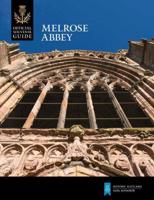Publisher's Synopsis
Hampton Court - probably Britain's most important secular historic building complex - is a fascinating collection of buildings, gardens and parks spanning seven hundred years of history. A centre of court life and politics from the late 15th to the middle of the 18th century, a place of architectural innovation, the site of the most ambitious formal gardens ever built in Britain, Hampton Court is still, in many respects, a mystery both to the historian and to the interested visitor. This is a history of Hampton Court and of its gardens and parks, revealing the full complexity of its remarkable building history and illuminating the interplay of court life, politics and architecture.;The history of the building is taken right up to the beginning of the 21st century. The 20th-century story of Hampton Court is one of conservation and of changing attitudes towards opening up the complex to the public. It covers everything from the agonizing discussions as to whether to build public lavatories to an account of the private enterprise that caused an octogenarian to make a personal fortune out of opening the maze to the public. It includes also the story of the terrible fire of 1986 and its aftermath.;Social history and architectural history sit side by side in this account. New and important attributions are made to the architects Hugh May, Nicholas Hawksmoor, William Talman, Colen Campbell and Edward Blore, amongst others. Moreover, the palace and its setting are placed in their European context and their long-term architectural significance is gauged. The book is illustrated with original paintings, prints and drawings, and a specially commissioned suite of plans and reconstructions reveal the evolving form of the buildings.











